Set amidst the lush greenery of the Aravalli mountains, places to visit in Mount Abu include lakes, forests, temples, and scenic spots for sightseeing. Standing at 1722 m above the sea, Mount Abu is the only hill station in Rajasthan. Mount Abu has so many mythical stories associated with it.
The nearest train station is Abu Road railway station 28 km away. We took an overnight train from Mumbai to Abu Road, it was a 12-hour journey and we reached Abu Road around 9 am. Took a taxi from Abu Road to the Palace Hotel, Mt. Abu. It’s quite easy to find taxis from the station to Mt. Abu, though you might have to bargain a little on the price. It took us about 45 minutes to reach the Palace Hotel (Bikaner House). Our hotel was gracious enough to give us an early check-in.
Travel Tip #1 - Better to take a train to Abu Road, as the nearest airport to Mt. Abu is at Udaipur which is 119 km away.
Bikaner House was the summer residence of the Royal Family of Bikaner. The Palace Hotel as it is now called is today a classified ‘Heritage Hotel’. The hotel has a serene and spacious outdoors. The rooms too are quite comfortable. The rooms have access to open sitting areas (shared between smaller rooms and the bigger rooms have an exclusive one), and one can enjoy tea or watch stars from this area…. which is quite nice. There are no indoor/outdoor games to keep the kids occupied though. They had a basketball court but no ball, a tennis court but no racquets and balls…. Overall the place offers a pleasant and peaceful stay. If one is lucky enough you might get to glimpse a wild bear visiting the property at night……we missed it though 😉
There are around 2-3 other heritage properties hotels in Mt. Abu which are a little away from the hustle and bustle. The rest of the hotels are comparatively smaller and quite a few are located near Nakki Lake.
Travel Tip #2 - If you want to be near the market area and Nakki Lake choose a hotel accordingly.
When we visit a place, we try to explore the destination in its entirety including its culture. We listened to the mythical stories associated with the Temples, and Nakki Lake. We tried regional dishes like Sangri ki Sabzi, Rajasthani Thali, and of course the beautiful locations. Here is our 4-day itinerary
Most people here speak Hindi and Rajasthani and since it is a tourist-friendly destination English is also understood and spoken by most.
Mt. Abu – 4 Day Itinerary
Day 1 – Sant Sarovar, Mahadev Temple, Dilwara Temple and Nakki Lake
After breakfast and freshening up, we walked to the Sant Sarovar and Mahadev Temple. They were right opposite the hotel. You get “atta golis” (small round flour balls) to feed the fishes in the Sant Sarovar. In the same compound is the Mahadev Temple. These are some touristy spots at Mt. Abu but one shouldn’t expect much…. for me these can be skipped.
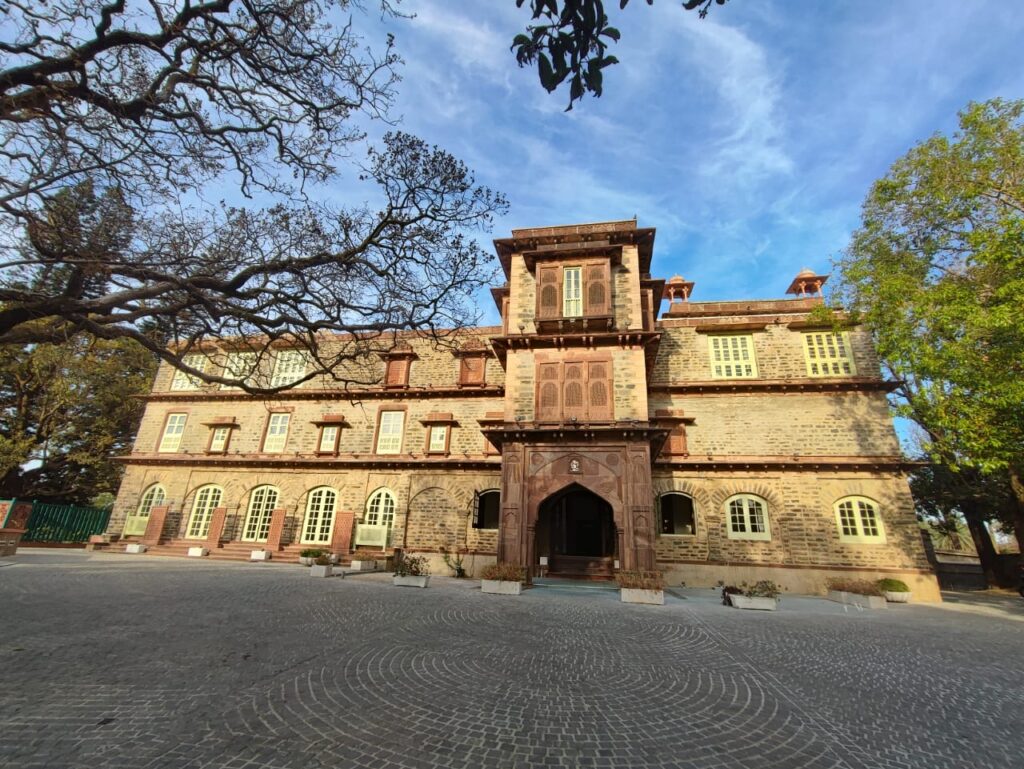
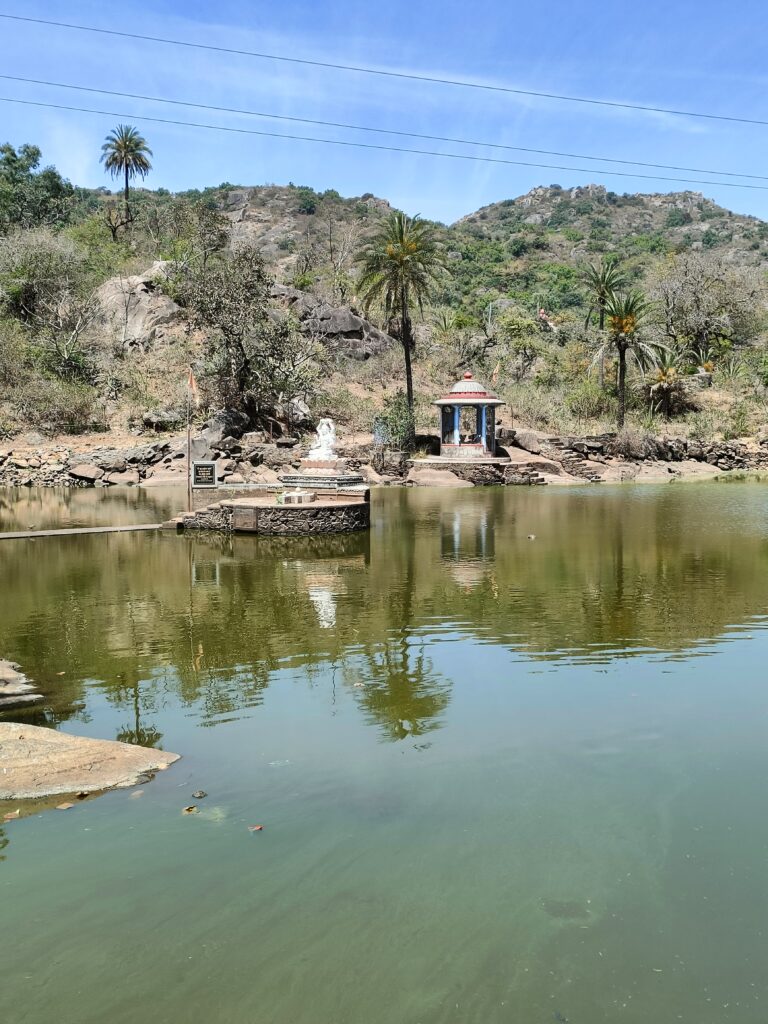
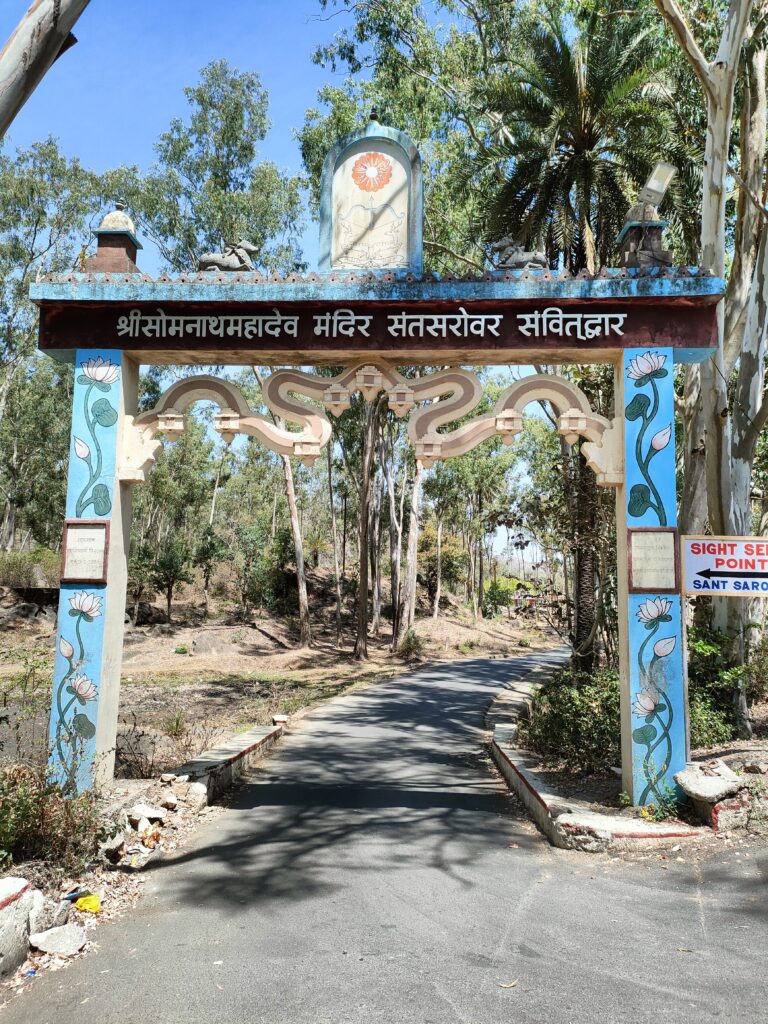
We decided to walk about 2km from here to the Dilwara Temple. Dilwara has five temples
- Vimal Vasahi, dedicated to the first Jain Tirthankara, Shri Rishabhadev.
- Luna Vasahi, dedicated to the 22nd Jain Tirthankara, Shri Neminatha.
- Pittalhar, dedicated to the first Jain Tirthankar, Shri Rishabhadev.
- Parshvanath, dedicated to the 23rd Jain Tirthankara, Shri Parshvanatha.
- Mahavir Swami, dedicated to the last Jain Tirthankara, Shri Mahaviraswami.
The marble carvings at the temple especially the Vimal Vasahi are intricate and spell-bounding. Photography is prohibited at the temple. Dilwara Temple is a must-visit.
We enjoyed a “Rajasthani Thali” for lunch at an eatery close to the temple. For our return to the hotel from Dilwara Temple we took a taxi, after lunch, we were finding it difficult to walk in the heat.
We rested for a few hours at the hotel and then took a taxi to Nakki Lake. The evening was quite pleasant, and we took a boat ride here. We had dinner at the old “Shere Punjab” located at the Sabzi mandi. The food both veg and non-veg was good. I Recommend this for North Indian Cuisine.
Day 2 – BRAHMA KUMARIS (BK) Gyan Sarovar, BK Museum, BK Peace Park, Guru Shikhar, Sunset Point
The Brahma Kumaris is a spiritual organization that offers educational programs and retreats based on Raja Yoga meditation and Spirituality. It is part of the larger Brahma Kumaris World Spiritual University (BKWSU) organization. The campus in Mount Abu is notable for its tranquil setting and serves as the organization’s international headquarters.
Gyan Sarovar (Lake Of Knowledge) is built on 28 acres of land. The campus includes Universal Harmony Hall, an auditorium that can seat 1,600 people and has facilities for simultaneous translation in 16 languages; The place also has the International Spiritual Art Gallery among others.
On reaching the center you are assigned a volunteer guide who takes you around the campus. We visited the Universal Harmony Hall, a spiritual art gallery, and were introduced to the history of Brahma Kumaris and their way to spirituality. There was also a short 7-8 min audio-visual.
The entire place has a serene quality to it with a pond and flowers around the buildings, a visit here is recommended.
Travel Tip #3 - Keep at least an hour for visit to Brahma Kumari’s Gyan Sarovar
BK Museum named ‘Gateway to Paradise’. This museum has no entry fee and is open for all on all days of the week. 20-30 min at this place is all it takes. You can buy Brahma Kumari souvenirs and books too.
BK Peace Park is about eight kilometers from the Brahma Kumari’s headquarters in Mount Abu. The place is peaceful and has a wide variety of flora and fauna. It didn’t take long for us to walk through the park. Almost at the mid-way of the park is a symbol of OM. A short spiritual talk was available, but we skipped that as it was a repetition of what we heard at the Gyan Sarovar. The only drawback is that we did not have access to a washroom here…. the one outside the park was very dirty.
We took lunch at ‘Jodhpur Bhojanalya’ founded in 1979, one of the oldest joints at Mt. Abu. It is a small joint facing the road but the food is authentic and tasty. The “Churma Laddoo” (Rajasthani Dessert) from this place is a must-try. We liked the laddoos so much that the next day we got a few packed to carry it back home. After a hearty lunch, we headed back to the hotel for our afternoon break to avoid peak afternoon heat.
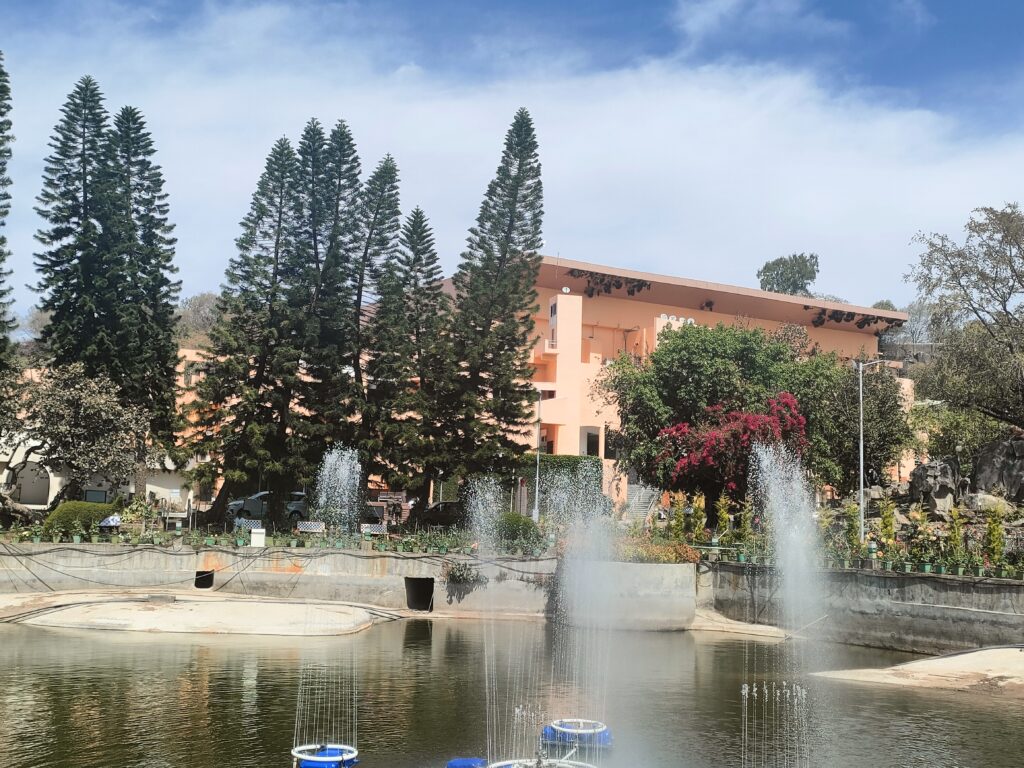
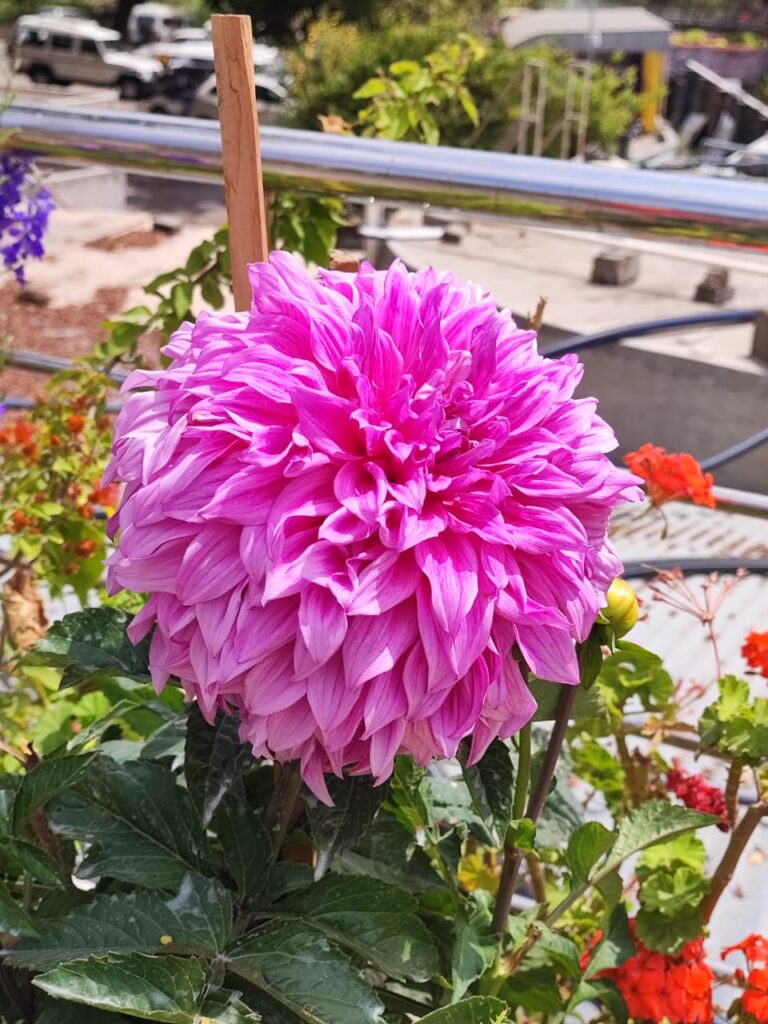
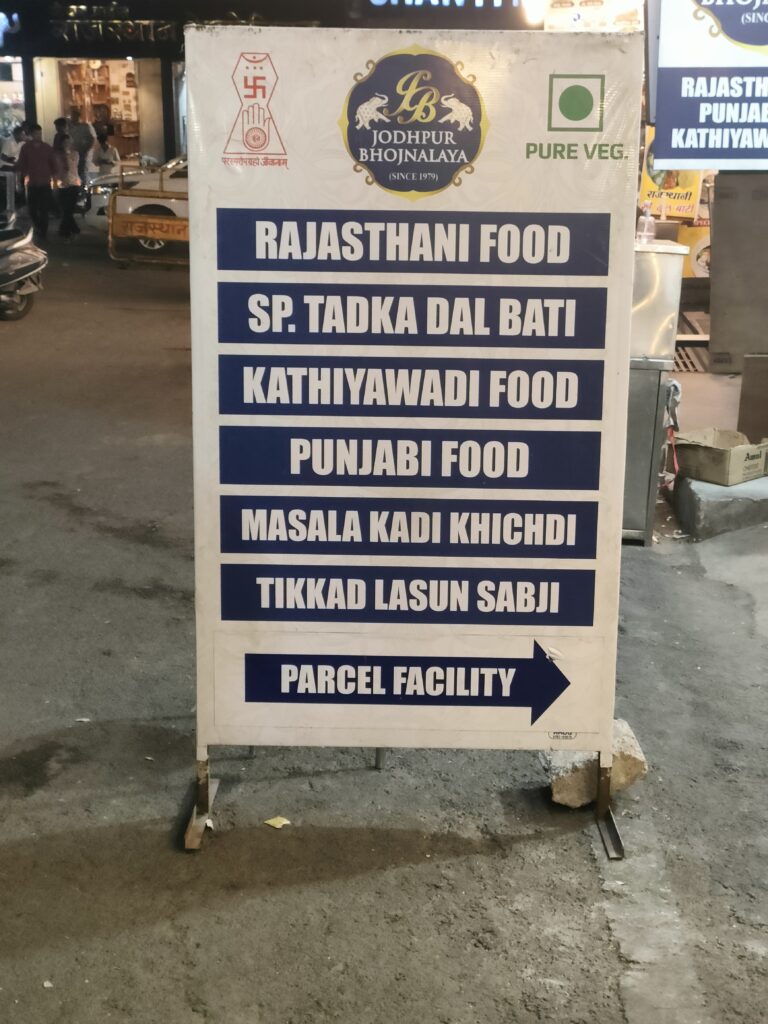
We wanted to catch the sunset, so we left the hotel at 4.30 pm and headed first to Guru Shikhar and then to the sunset point.
Guru Shikhar, located at a height of 1722 meters, is the highest peak of the Aravali mountains. The famous Dattatreya Temple is located here. It is a hike of 300 steps to reach the topmost point. Our driver took us to a mid-way point and we started the climb of around 150 or so steps from there. All along the steps are souvenir shops and small eateries. You can take breaks as you climb. The view from the top is worth it.
Guru Shikhar, located at a height of 1722 meters, is the highest peak of the Aravali mountains. The famous Dattatreya Temple is located here. It is a hike of 300 steps to reach the topmost point. Our driver took us mid-way and we started the climb from there it was around 150 or so steps from there. All along the steps are souvenir shops and small eateries. You can take breaks as you climb. The view from the top is worth it.
About 15 minutes from Guru Shikhar, we stopped to enjoy the stunning sunset views. We thought of visiting another sunset point near Nakki Lake the next day.
Travel Tip #4 - Sunset Views from the point near Guru Shikar are better and less crowded that the one near Nakki Lake.
Dinner was at “Tandoori Bites” in the market. It’s comparatively a new place the non-veg food was good but the veg was disappointing.
Day 3 – Gyan Gufa and Nakki Lake Trail, Sunset Point
We had planned to keep it a relaxing day. We went for a morning walk to Gyan Gufa (Hanuman Temple) about 1.6 km from our hotel. We could see a big Hanuman Statue from the hotel property and thought of checking it out. The place was devoid of tourists, tranquil, and well-kept. There were just two priests at the temple taking care of the property. There are two temples, one dedicated to Lord Ram and another to Lord Hanuman. I liked the place…. don’t know why it doesn’t have many visitors though.
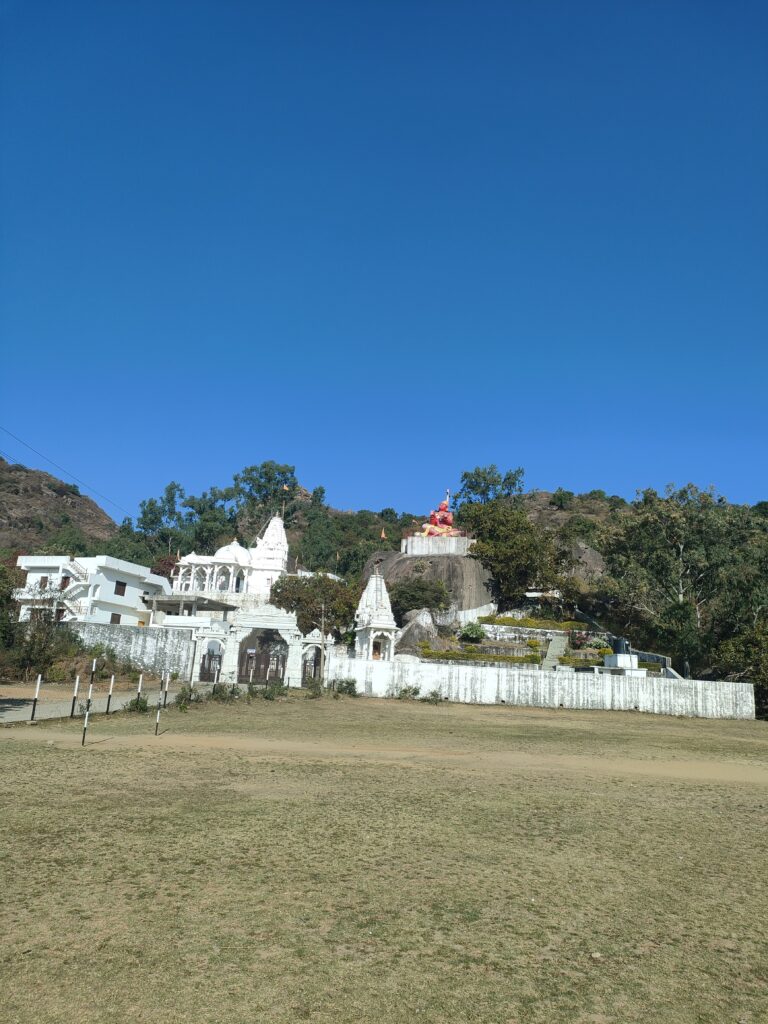
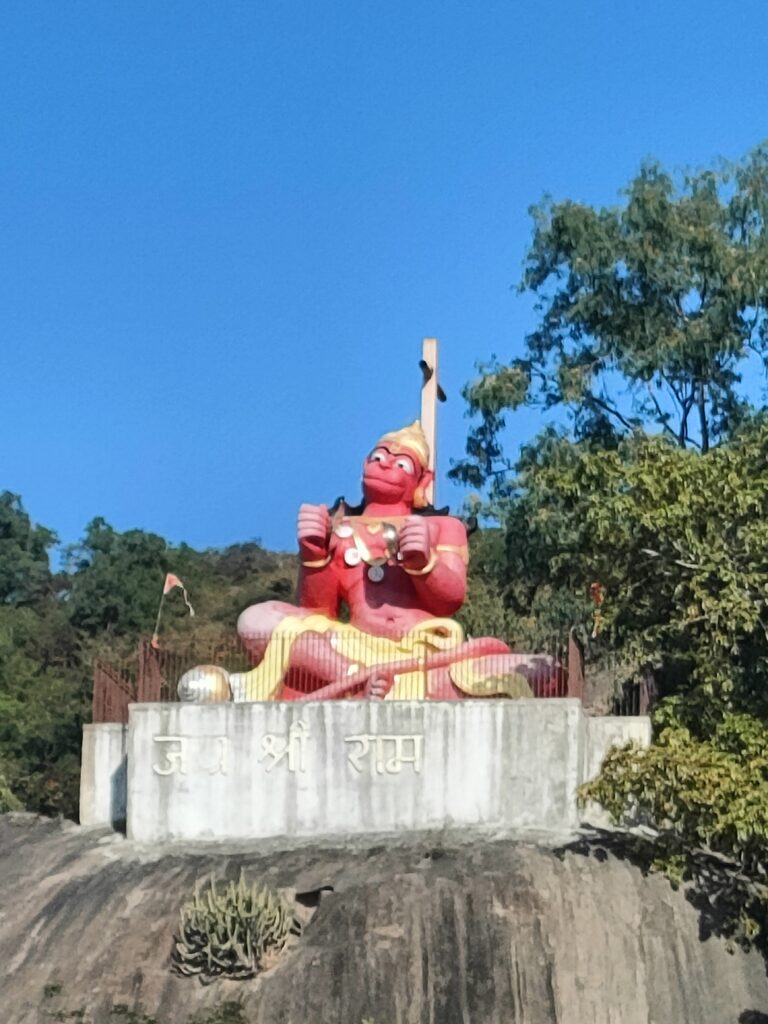
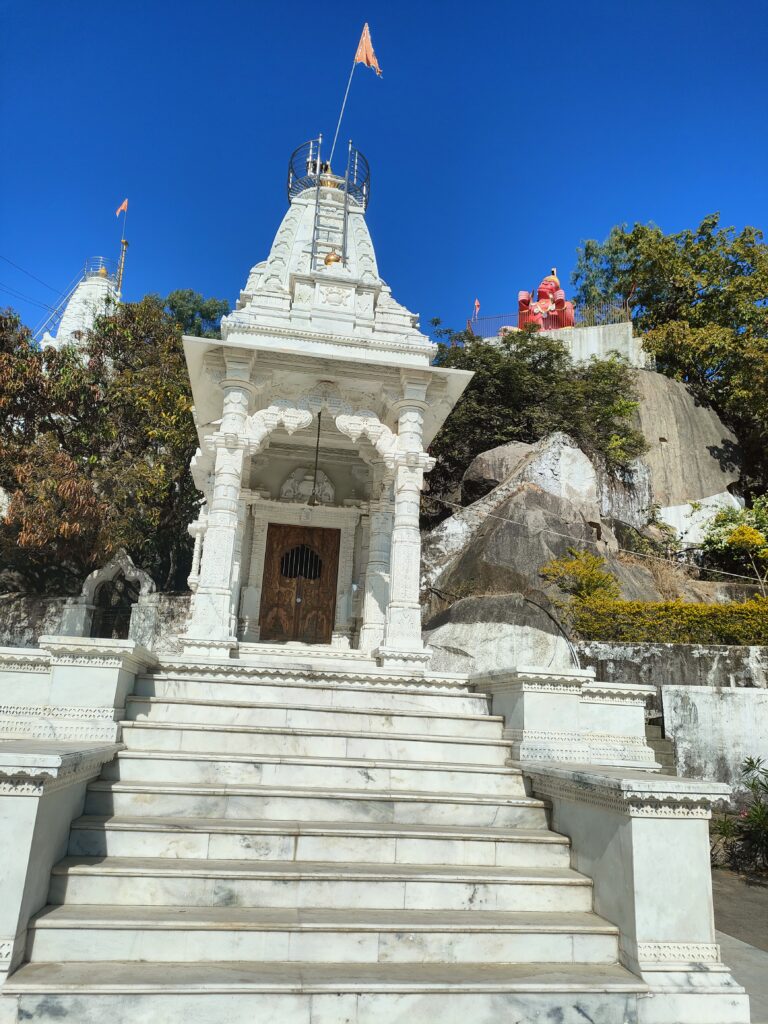
We relaxed at the hotel and then early evening headed to Nakki Lake. The area around the lake is bustling with activities and people. A lot of eateries and shopping options.
Travel Tip #5 - Try the Chocolate Room for ice creams and chocolate cakes, the place is quite in demand.
There is an approx 2.3 km walkway built around Nakki Lake, offering a pleasant walk and good views. Few tourist spots like the toad point and sunset point have entries from this walkway.
We walked halfway which brought us to the diversion leading to the sunset point, which is another 20 min inside from there. For people who find it difficult to walk, there are man-pushed trolleys (can seat 2 people) and horses available to take one to the sunset point. We continued our journey on foot.
The place was crowded and also had monkeys around. The sunset views were nice, though I preferred the sunset views from the point near Guru Shikhar.
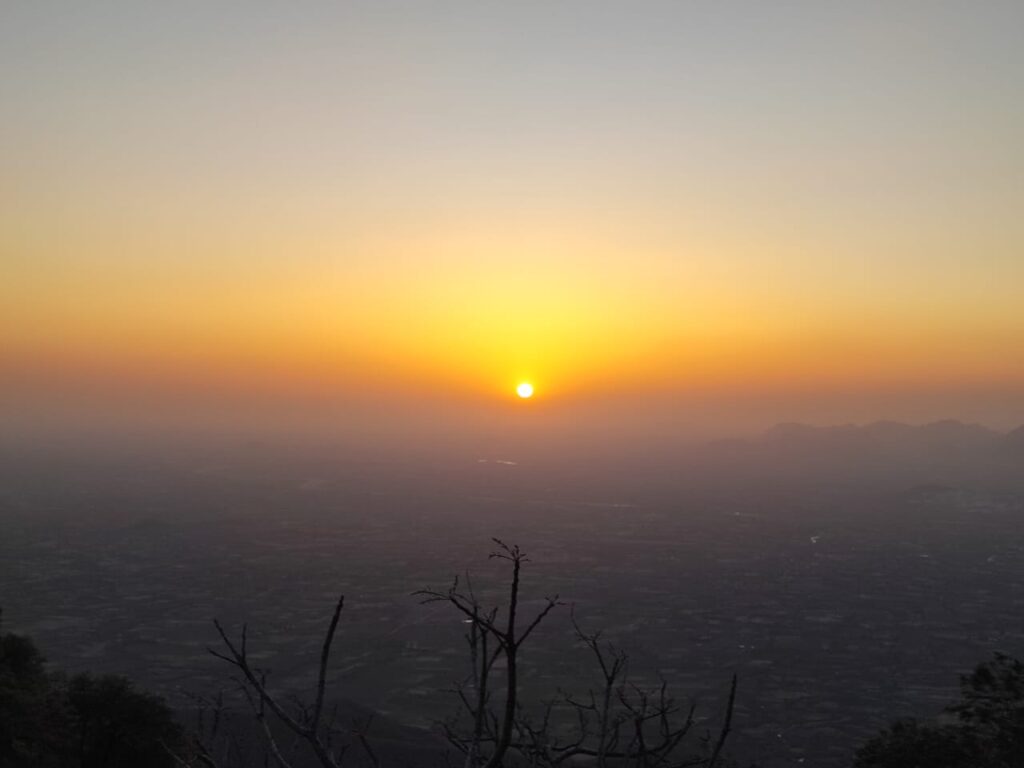
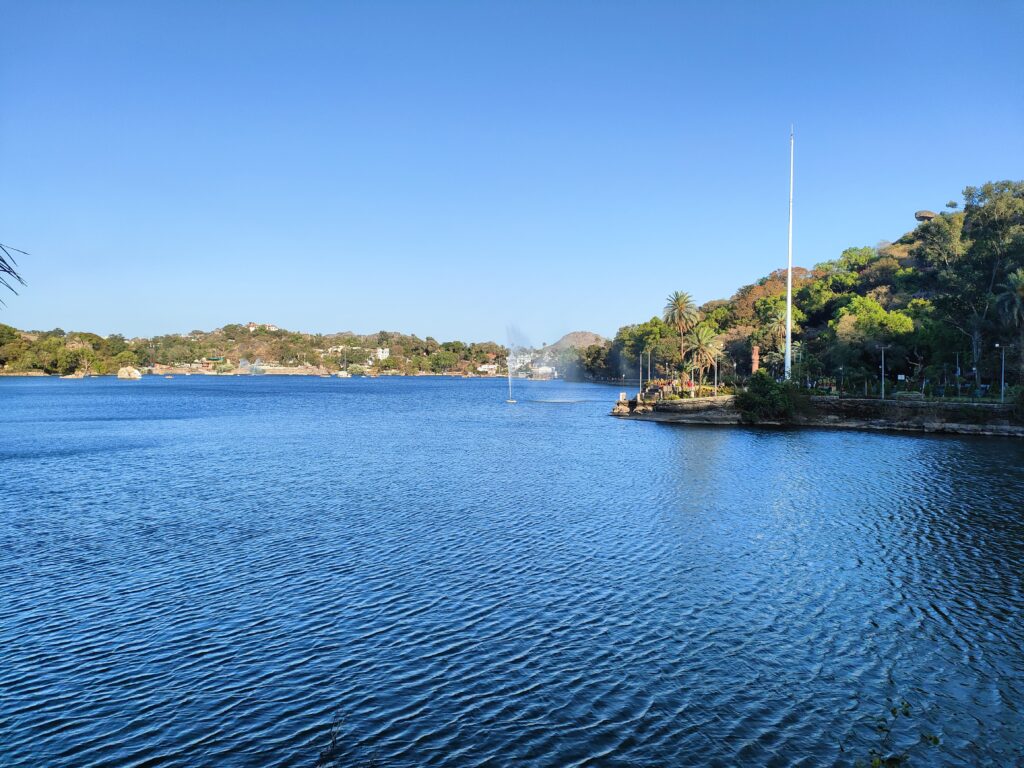
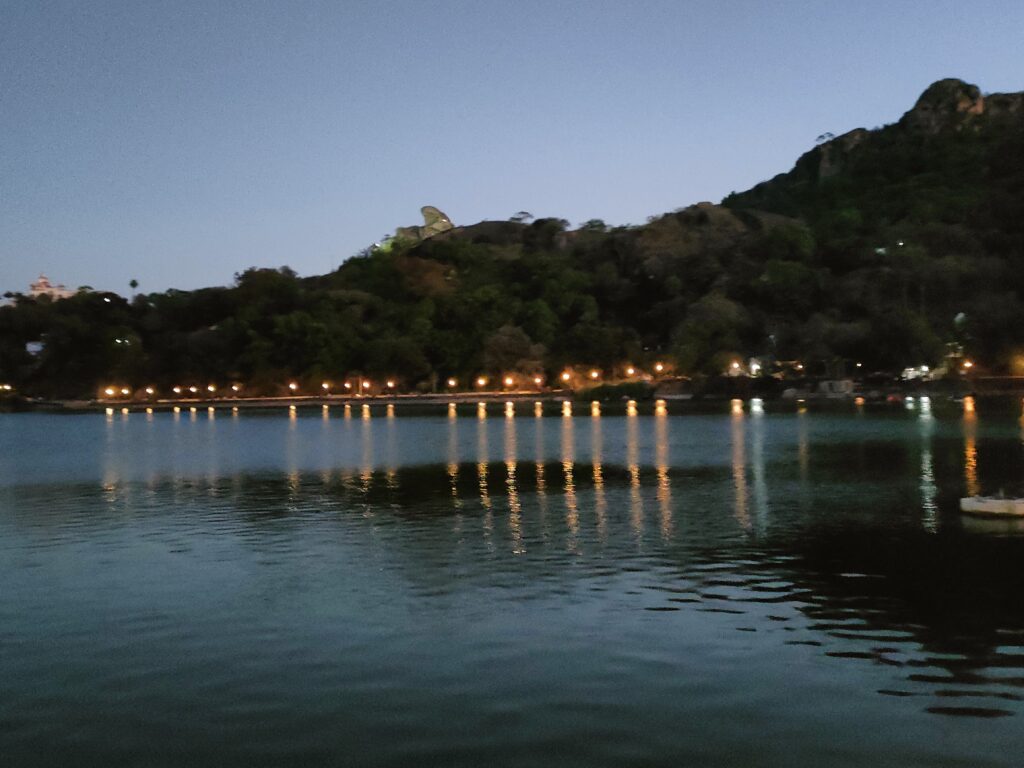
After the sunset, we walked back covering the rest to the walkway to the other side of Nakki Lake and then stopped for dinner at Arbuda restaurant. It’s the only spacious and multi-cuisine restaurant. The place is crowded especially on weekends and holidays and there might be waiting. It has everything from Gujarati, and Rajasthani thali to chat, pizza, pasta, and sizzlers. Among other things, we tried the traditional “Sangri Ki Sabzi” and relished it.
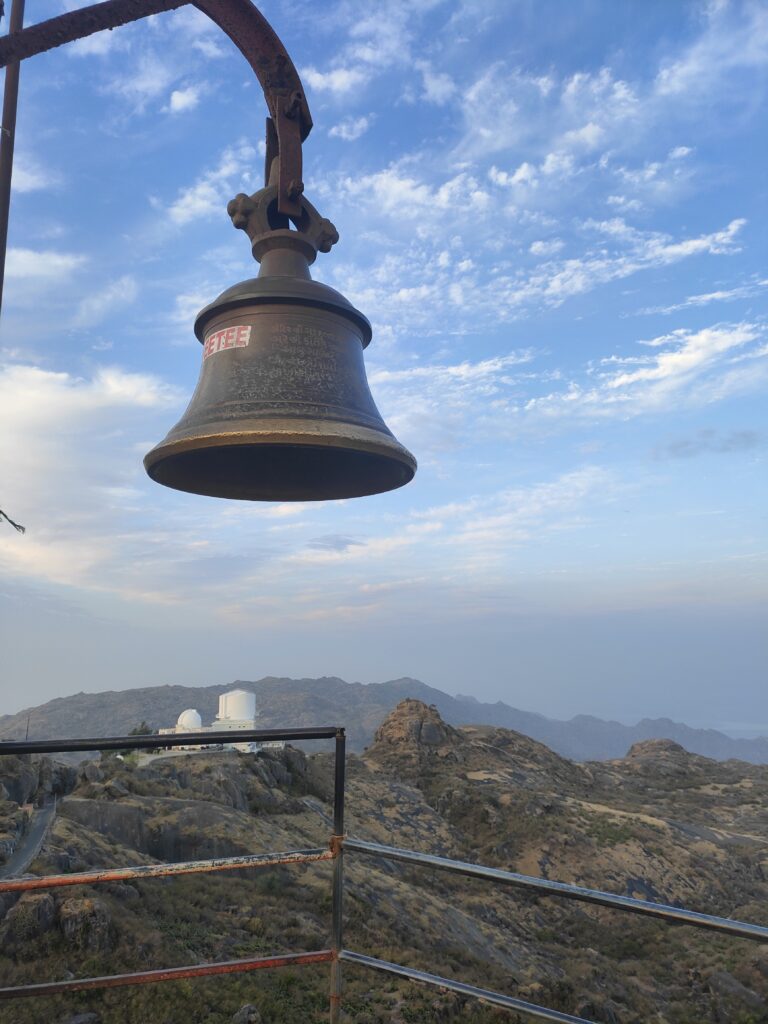
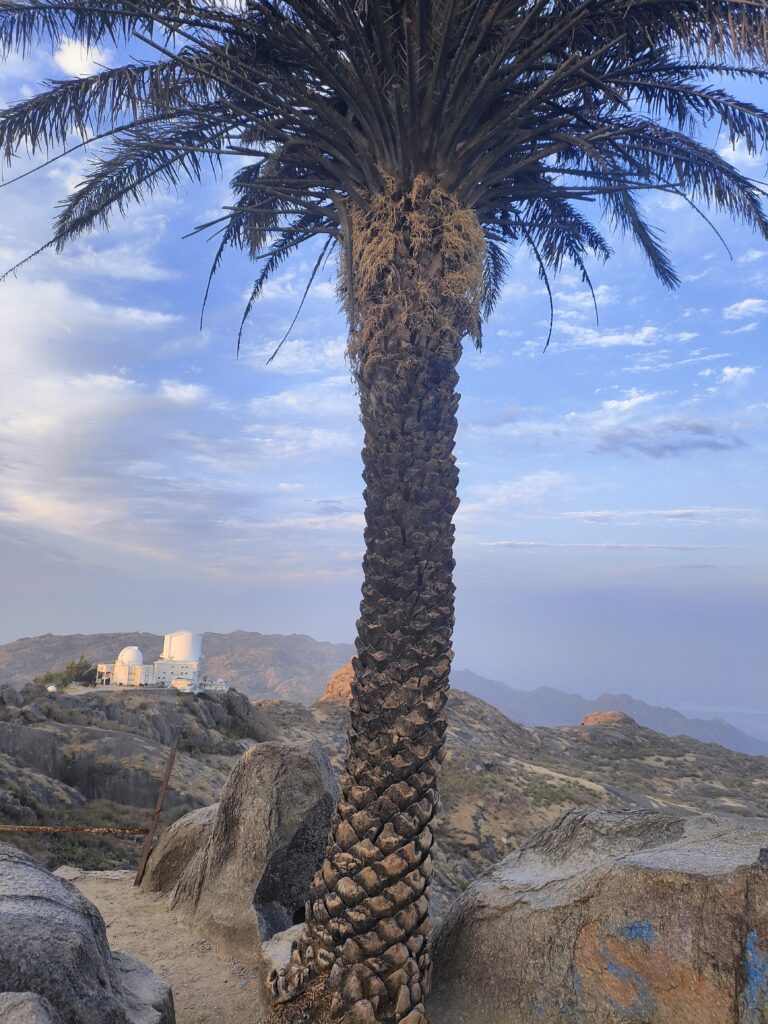
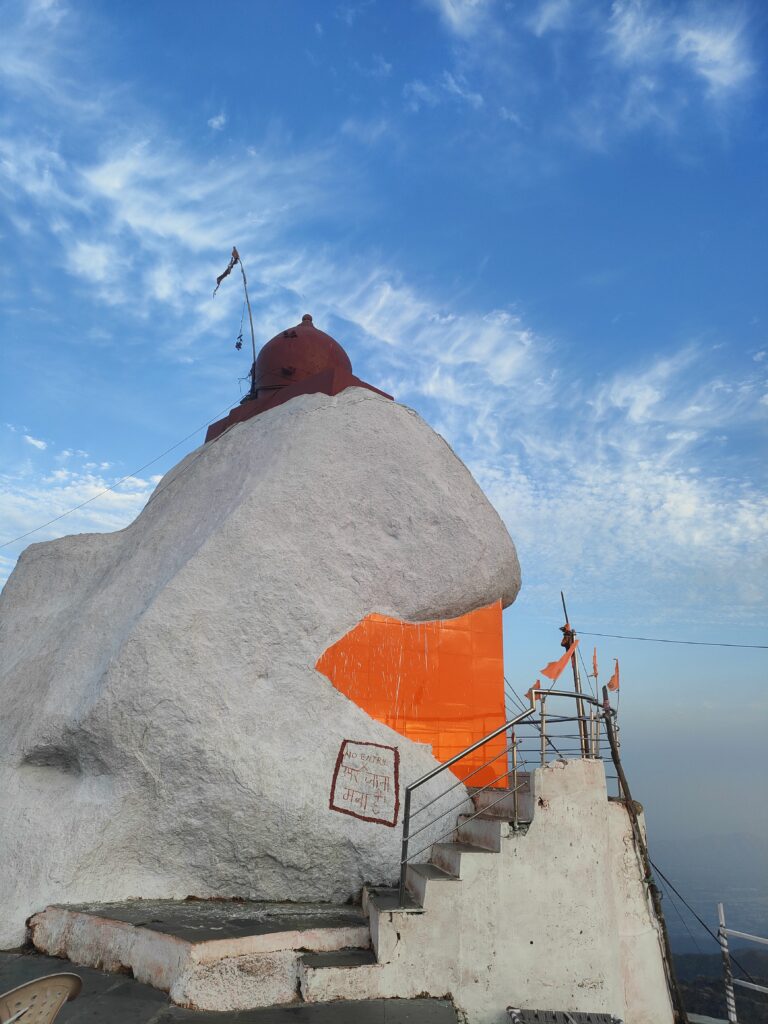
Day 4 – Ambaji Temple (Gujarat) and Abu Road
Since we had a whole day to ourselves before catching the train from Abu Road at 5 pm, we decided to visit one of the 51 Shakti Peethas – the Ambaji Temple. It is around 1.5-2 hours from Mt. Abu.
There are two temples – one with “Akand Jyot” burning (uninterrupted or unextinguished flame). One needs to take a ropeway up the hill to the temple. Though it was a weekend the queue was big, and it took us about an hour but the whole process was seamless.
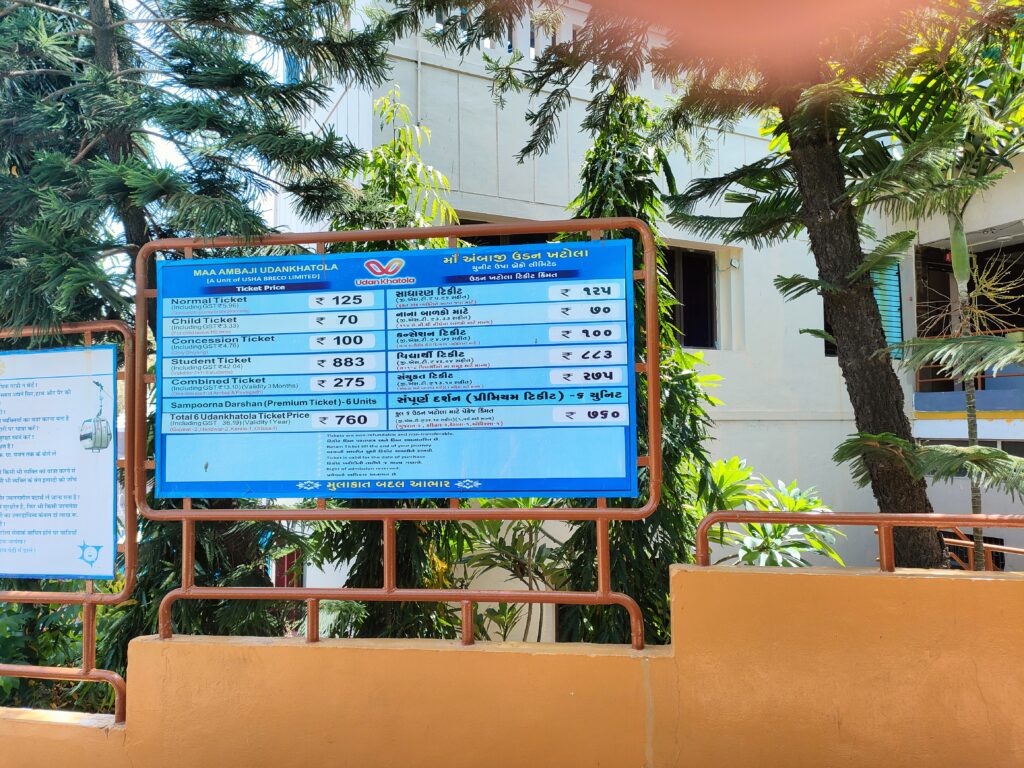
The second one is the main temple – there are a lot of shops for buying the offering thalis (plates). This place was extremely crowded and a nightmare, with people pushing and sticking to one another.
Travel Tip #6 - Avoid going to Ambaji on weekends and public holidays. As per the locals preferable to visit after 8.30 pm to avoid the maddening rush.
When we were inside the temple, we kept looking but couldn’t make out the body of the idol amongst all the finery…. we were just able to make out the face of a metal lion. After coming out we researched and found out that there is no idol in the temple, perhaps because it is an ancient temple predating idol worship, but the priests decorate the upper portion in such a way that it looks like an idol of a goddess from a distance.
Ambaji holds a special place in the hearts of the people of Rajasthan and Gujarat, though devotees from all over the country throng the place. The unique thing about this temple is that there is NO IDOL.
Travel Tip #7 - Almost all temples do not allow photography plus you need to wear clothes covering your kness and shoulders for both men and women especially at Ambaji.
After the temple visit en-route to Abu Road Train Station we stopped for lunch and boarded the train back to Mumbai. Although Mount Abu is a year-round destination, the best time to visit Mount Abu is between November and March, which is the winter season. The afternoons were quite warm towards the end of March when we visited.
Mt. Abu is a great destination for people looking for respite from the hustle and bustle of the city, a hill station with a pleasant climate, and a relaxing getaway.
Ram Ram (Goodbye) Mt. Abu!
